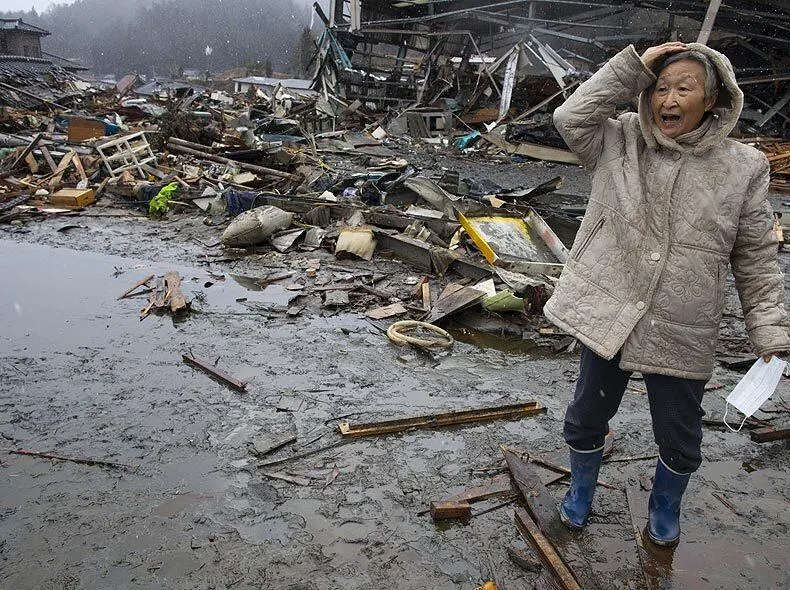A powerful 8.8-magnitude undersea earthquake struck off Russia’s Far East coast early Wednesday, triggering a tsunami that impacted parts of the Kuril Islands and Japan’s northern coastline. The seismic jolt has sparked widespread tsunami alerts reaching as far as Hawaii, Alaska, the western coasts of the United States and Canada, and even areas as far south as New Zealand.
The earthquake struck at approximately 8:25 a.m. Japan time and was centered roughly 119 kilometers (74 miles) east-southeast of Petropavlovsk-Kamchatsky, a major city on Russia’s Kamchatka Peninsula. Initially measured at 8.0, the U.S. Geological Survey later revised the magnitude to 8.8 following seismic review. Multiple aftershocks followed, including one measuring 6.9.
Kuril Islands, Kamchatka Hit by Tsunami Waves
Russian officials confirmed that tsunami waves up to 6 meters (19 feet) slammed into Severo-Kurilsk, the principal town on the Kuril Islands. Local mayor Aleksandr Ovsyannikov reported three distinct waves but no casualties as of press time. Russia’s Oceanology Institute warned that in certain stretches of Kamchatka’s coast, wave heights may have reached between 10 to 15 meters (33 to 49 feet).
Despite the strength of the earthquake and tsunami activity, officials said Petropavlovsk-Kamchatsky experienced minimal impact, thanks in part to the protective geography of Avacha Bay. The Kamchatka Peninsula and the Kurils, while geologically active, are sparsely populated.
Japan on High Alert
In Japan, the Meteorological Agency reported tsunami waves reaching 60 centimeters (2 feet) along Hokkaido’s coast and moving southward toward Tokyo Bay. Authorities issued coastal warnings and advised residents to stay clear of shorelines and remain alert for potential larger waves. Emergency teams have been deployed along at-risk regions.
Pacific-Wide Tsunami Warnings
Sirens blared across Hawaii as residents were urged to evacuate to higher ground. The state’s emergency alert called for “urgent action to protect lives and property.”
The U.S. National Tsunami Warning Center in Alaska also issued tsunami advisories for California, Oregon, Washington, and British Columbia’s Pacific coastline. Although these are precautionary advisories, officials emphasized the potential danger of strong currents and unexpected waves.
Scenes of Preparedness
Images out of Honolulu showed residents packing essentials and fleeing low-lying coastal neighborhoods. Airports across the region remain operational, though travelers have been advised to check for delays or disruptions.
Meanwhile, seismologists continue to monitor aftershocks and model the ongoing tsunami risk across the Pacific Ring of Fire. Emergency coordination centers in multiple countries are on high alert as assessments unfold.
Global Monitoring Underway
With no reports yet of fatalities or widespread structural damage, international response agencies remain cautiously optimistic but alert. The Pacific Tsunami Warning Center and regional authorities will continue to update threat levels in the hours ahead.


